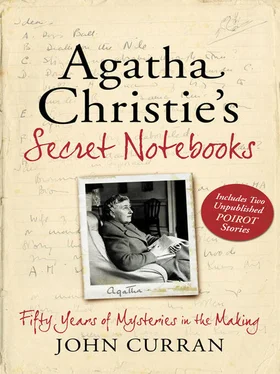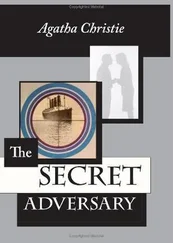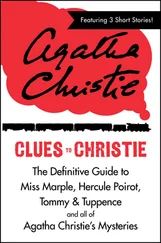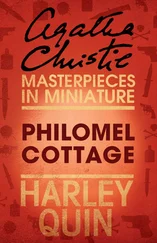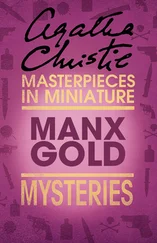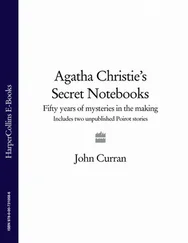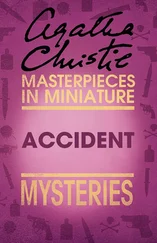Most of the notes for Dumb Witness, roughly 25 pages, are contained in Notebook 30 along with notes for Death on the Nile and the newly discovered short story ‘The Incident of the Dog’s Ball’; the relationship between the novel and its earlier incarnation as the short story (albeit with a vital difference) is considered in detail in the Appendix. Dumb Witness was published at the end of 1936 in the US as a Saturday Evening Post serial with the title Poirot Loses a Client, and as Mystery at Littlegreen House in a UK serialisation beginning in February 1937. In connection with the US serialisation, a surviving letter dated June 1936 from Edmund Cork to Christie thanks her for the revised version sent to the Saturday Evening Post magazine (who paid $16,000 for it, $2,000 more than Cards on the Table ). Cork considered it a ‘tremendous improvement’ and suggested ‘using it for Collins also’. This most probably refers to the first four chapters, in which the ‘little English village’ setting is told in the third person—the rest of the book, in contrast, being narrated by Hastings. In retrospect, the information that they were added at a later stage makes perfect sense.
Dumb Witness is the archetypal Christie village mystery—a mysterious death in a well-to-do household, a collection of impecunious relatives, the village doctor and solicitor, and the arrival of Poirot whose questioning sets village tongues wagging. Once again the red herring of spiritualism is dragged across the investigation. As far back as ‘The Adventure of the Egyptian Tomb’ in 1923 Christie murderers used this ploy to cover their tracks. And as late as 1961 and The Pale Horse, with a more sinister version of Dumb Witness’s Tripp sisters, spiritualism is a major plot device.
Unusually, we know from internal evidence—the ending of Chapter 7—the exact timeline of the novel; Emily Arundell died on 1 May 1936 and Poirot’s investigation began on 28 June, although for most of that investigation there is nothing to show that murder has been committed. Reader prejudice is toyed with, and yet again subverted, with the introduction of suspicious foreigner, Dr Tanios. Four previous killers are mentioned— Death in the Clouds, The Mysterious Affair at Styles, The Murder of Roger Ackroyd and The Mystery of the Blue Train —and there is an oblique reference to Murder on the Orient Express in Chapter 25. The description of Market Basing in Chapter 6 corresponds to that of Wallingford where Christie had, some years earlier, bought Winterbrook House.
The notes, headed with a working title, list the family members and background, although names and details—Charles is not married and his sister is Teresa, not Bella—were to change:
Death of Martha Digby [Emily Arundell]
The Digbys—their family history
Miss Martha—Miss Amelia—Miss Jane—Miss Ethel and Mr Thomas
Marriage of Mr Thomas—to a barmaid?
Mr John [Charles] and Miss Daphne (T’s children)
John—stock exchange—married—his wife clever woman
Daphne [Bella] marries an Armenian? Dr. Mendeman [Tanios]—charming man—his wife quiet, cold
The early chapters of the novel are accurately sketched with only minor differences—the chemist is delayed until Chapter 21 and there is a cryptic reference to painting in connection with Theresa:
General Plan
P. receives letter—he and H [astings]—he writes—then he tears it up—No, we will go—Market Basing—The Lamb…Board to be let or sold. Visit to house agents—an order to view—Ellen conversation—rap—rap—rap—a ball drops down staircase terrier wagging his tail
The chemist—his remembrances—they pretend that are writing up a history of the town—he is an amateur archaeologist—the history of the family. P goes to doctor—as a patient (and an archaeologist) doctor comes to dine—a good deal of local gossip—some little mystery about that death? Doctor indignant—perfectly natural causes—he says—well, I should think you’d be satisfied now. P. says ‘But she died’
Theresa—flat in Chelsea—painting—her engagement to Dick Donaldson—latter wants to specialise—infection—liver—serum therapeutics
Oddly, there are references to Peggy, rather than (Ara) Bella, in both of the following extracts. This was probably an early name choice for the character, as the clue of the symmetrical letter seen in the mirror, M for Margaret, would still work with it. As we have seen, this device was considered in conjunction with the plotting for Death on the Nile (see Chapter 6).
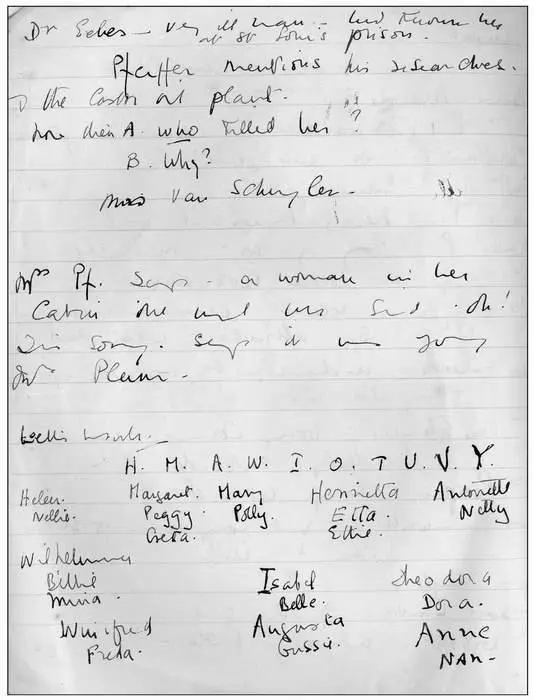
This page of experimentation with symmetrical letters and corresponding names is from Notebook 30. Note the inclusion here of ‘Wilhelmina/ Mina’, the first name of Miss Lawson. The all-important ‘Arabella’ and ‘Teresa’ are arrived at later in the same Notebook.
Another visit to the terrier—to the Tripps—hallucinations etc.—evidence of the cook—Miss Theresa on stairs that night—a piece of thread—yes, Ellen had found it. Miss Lawson again—money missing from drawer—knew who took it. P. bullies her a bit—she gets rattled—talks about poor Peggy—who has left her husband
Peggy again—about husband—she refuses to say—P. says tell me—I’m going to be in danger—she refuses to say anything. H. says ‘she knows something’—asked about dressing gown—says yes—she has a dark blue silk one—Theresa gave it to her. When? When we were all down that weekend, Which day? I can’t remember
And a page of letters and names experimenting with symmetrical letters, the vital clue as misinterpreted by Miss Lawson, eventually arrives at the required one:
ARABELLA A.T. BELLA T.A. Arundel
Sparkling Cyanide 3 December 1945
An elegant restaurant, a glamorous birthday party and beautiful Rosemary Barton is poisoned during the toast. A year later, in a macabre reconstruction at the same restaurant and with an almost identical party, there is another death. But who was the intended victim? Colonel Race investigates.
Notes for Sparkling Cyanide are scattered over ten Notebooks. Although published in December 1945, the novel was serialised six months earlier in the UK and 18 months earlier in the USA. A copy of the typescript had already been sent to Christie’s US agents by January 1944, so this title was completed by the end of 1943. It is a very elaborated version of the short story (and subsequent radio play) ‘Yellow Iris’, which was first published in July 1937. The basic plot in both is the same but a different murderer is unmasked at the end of the novel.
Sparkling Cyanide is another example of a favourite Christie gambit—a poisoning drama. Its dramatic unexpectedness during a social occasion recalls a similar scene, ten years earlier, in Three Act Tragedy and foreshadows another one many years later in The Mirror Crack’d from Side to Side. However, some reservation remains as to the feasibility of the scheme. Is it really likely, especially in view of the subsequent investigation, that no one notices the incorrect seating arrangement that is vital to the success of the plot? The preparation and mechanics of this are masterly and the telling of it is very daring (re-read Book I, Chapter 2 and admire the audacity of even the name) but while the concept is undoubtedly clever, the practical application of it is somewhat doubtful.
There are structural similarities to Five Little Pigs with the reminiscences of six people of an earlier poisoning, although, unlike the earlier novel, they are not in the form of written accounts. We discover Rosemary Barton through the eyes of the suspects, including her killer, with a different picture emerging in each account. Through individual memories, in the first 70 pages of the book, we see her as wife, sister, niece, lover, friend, adulterer and, finally, victim. While the portrayal is not as full as the earlier novel it is still admirably drawn.
Читать дальше
Конец ознакомительного отрывка
Купить книгу
